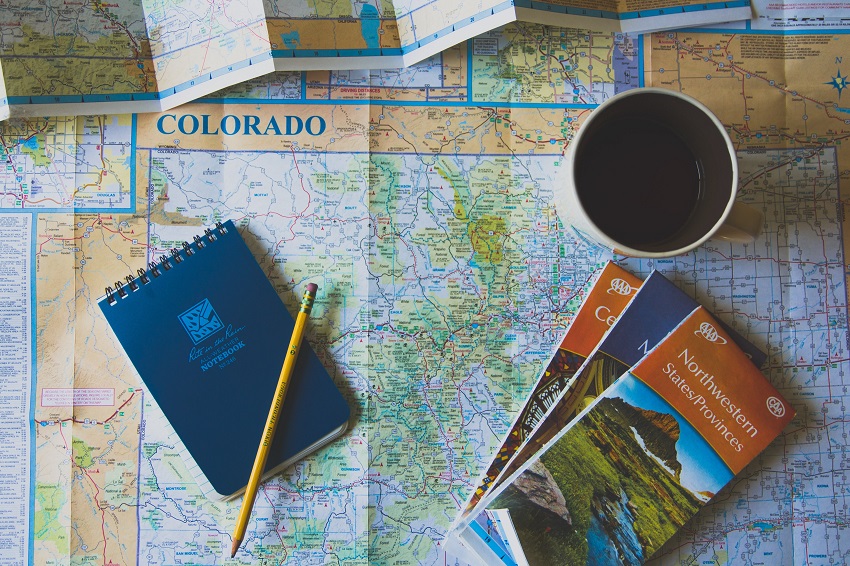

It would be great if kayaking trips always went to plan. But the reality is that sometimes the conditions conspire against us and we end up in a tricky or dangerous situation and sometimes the only way out of this is to get help. But help isn’t always close at hand, and cell phone signal isn’t always easy to come by on the water.
Contents showWhat you need is a float plan. At least, some form of float plan. Not sure what a float plan is or whether you need one? Read on and discover how these seemingly archaic systems are still saving lives in a world of GPS trackers and cell phones.
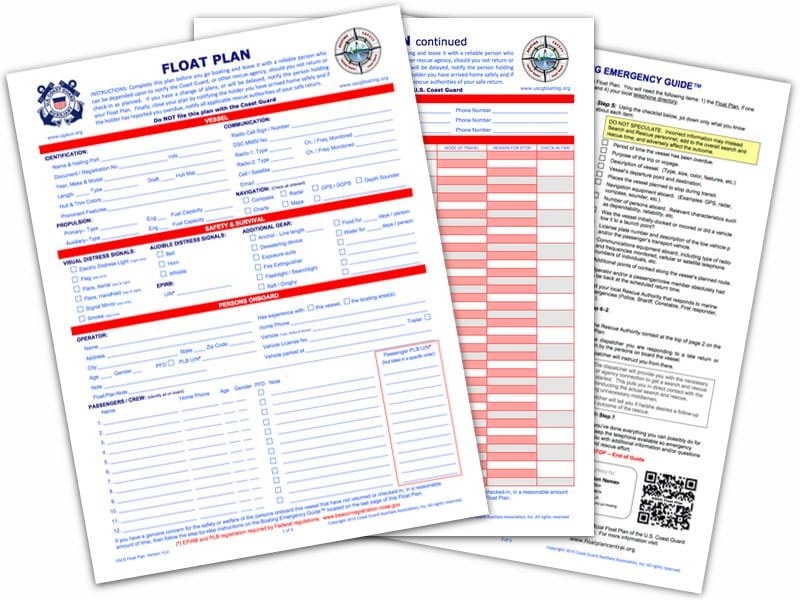
This might sound old fashioned, but a float plan is usually written out on a piece of paper. That said, nowadays you might be as well writing it online and emailing it out, so long as you know it won’t get lost in someone’s inbox. A float plan is a safety backup. It sits in the same category as items like first aid kits, flares, and VHF radios. You set these things up in the hope you’ll never need them, but they’re there just in case. In brief, a float plan is a written document that details the members of your kayaking team, their equipment, and your intended journey. This includes time off the water. In the event that you don’t check in with a contact, this document can be handed – or sent – to the authorities and form the basis of any rescue operation they send out.
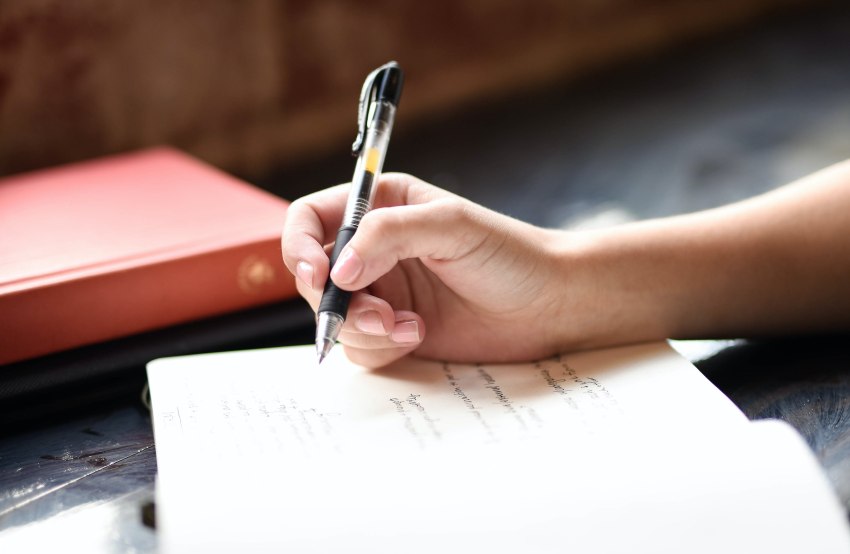
There are countless float plan templates available online, like this one from the National Park Service. Your best bet is probably to find a template that works for you, or create your own, then use it each time to ensure you get all the relevant information detailed. Your float plan should always include the following information:
It sounds like a tempting idea to give your float plan directly to the U.S. Coastguard. After all, chances are that they’ll be the ones performing the rescue if you don’t return, right? Their website requests that you don’t though. If every float plan was sent to the U.S. Coastguard they would be inundated with float plans and phone calls and would have to have a special department just to field these calls and cross reference the right float plan with the right phone call.
Sounds confusing, right?
Your float plan should instead be left with a reliable home contact who will be available to take your call when you get off the water, but also responsible enough to action a rescue if necessary. At some locations, you may also choose to leave your float plan with the harbor master – ask them before you launch whether they would like a copy – as well as face down on the dashboard of your vehicle. The National Park Service also tend to ask for a copy if you’re paddling within their boundaries.
You’ve enjoyed a safe trip. High-fives and beers all round, right?
Just before you get too carried away, give you home contact a check-in phone call – or text message if cell signal isn’t great.
Your home contact should have your float plan with the expected return time, but also have two more times in their mind. These are generally as follows.
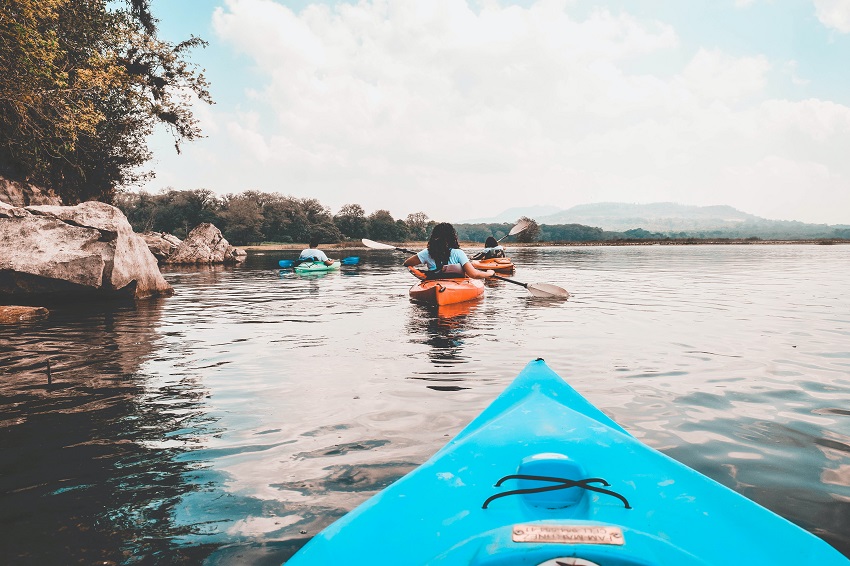
The important question is, do you need a float plan every time you go kayaking? After all, it seems a lot of hassle and paperwork for an afternoon float on the lake, right?
Regardless of where you’re going and how within your capabilities it may be, it’s always a good idea to have a float plan of sorts. For shorter trips, this may be something informal like contacting your friends or family and telling them that you’re shooting up to the lake.
As a group of active kayakers, myself and my friends have a group messaging system set up specifically for this. We send messages telling one another where we’re going and then we check in when we get off the water. An important thing to remember here is that a group chat set up for this specific function shouldn’t get bogged down with general conversation, because important information can get lost easily.
If you’re heading out on a longer trip, especially if you’re going offshore or a reasonable distance from your vehicle, then a detailed float plan is essential. They’re also essential on camping trips where you may be away for twenty-four hours or more.
There are a few things to remember in addition to your float plan that can help to keep you safe on the water:
How to Plan a Multi-Day Kayak or Canoe Trip In this post we have collected a whole load of tips and tricks to help you plan a multi-day kayak or canoe trip and enjoy it in full.
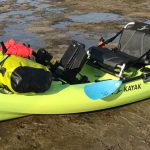 A heavily loaded kayak" width="150" height="150" />
A heavily loaded kayak" width="150" height="150" />
What's the Right Kayak For Your Weight? Why Weight Limit Matters Picking the right kayak for your weight is really important to keep you safe on the water and to help you get the most out of your paddling.
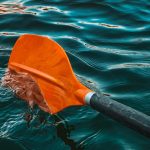
What Size Paddle Do I Need? Kayak Paddle Sizing Guide In this guide we discuss different sizes of kayak paddles, give tips to help you select the right paddle length and consider other important paddle factors.
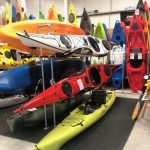
Where to Buy Kayaks: Best Kayak Stores Not all kayak stores offer the same levels of advice. Our list of the best kayak stores will help you receive quality service when buying your new kayak.

Kayak Rescue Techniques When a kayak capsizes, you need to act quickly and safely. Check our tips on how to rescue kayaks and keep yourself and other paddlers safe on the water.
Kayaking Checklist: Essential Gear This article looks at the essentials; those bits of gear that you can’t go paddling without. We discuss whether you need the most expensive pieces and why you might want a specific piece of gear if you’re thinking of pursuing certain avenues of paddling.
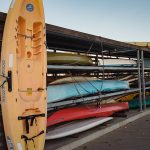
Buying Used Kayaks Buying used kayaks doesn’t have to be a headache. Below we describe the process of buying a used kayak and look at the most important factors to consider.